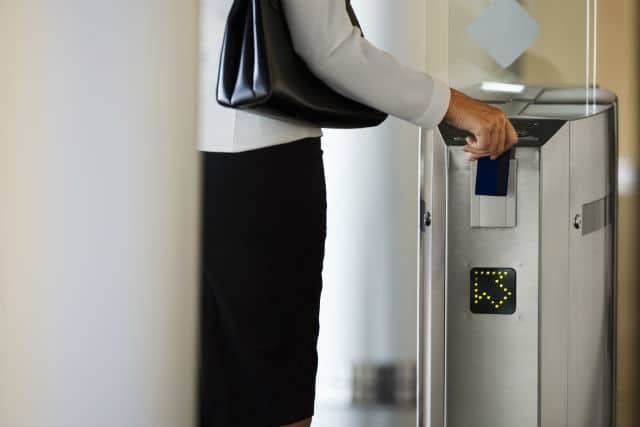Securing the future, with wireless access control
Technology is evolving fast. Not only do we embrace this change, it has in fact come to shape our expectations as consumers. Within the security industry, usability, value for money, security, remote operation and integration with other systems, are becoming standard requirements for both installer and end-user.
Until relatively recently, unwanted intruders were kept out via a mechanical lock and key. With the arrival of the electronic lock, combined with access cards or keypads, monitoring and managing access rights was made easy. Plus the costly exercise of replacing locks in the event of keys being lost, stolen or copied was avoided. Modern access control systems also offer great flexibility and can be customised to allow specific people access to particular areas or restrict access to different times.
As a result, the global electronic access control (EAC) market has grown steadily over the last few years. Valued at US $5.92bn in 2015, it is forecast to grow at a CAGR (compound annual growth rate) of 7.49% by 2020 to reach a total value of US $9.8bn, according to research by Markets and Markets.
Real and perceived threats to our safety are driving users to seek ever more sophisticated solutions to access control. They are demanding effective, economical and efficient tools in the palm of their hand. This has produced a shift towards remote operation, wireless credentials, biometric identification and system integration in both the commercial and residential sectors.
Cloud-based access control and biometric solutions
Companies such as SALTO, are now offering access control solutions on the go. Their recently launched Keys as a service is a cloud-based access control solution which is on display at Security & Exhibition Conference, running from July 26 – 28 2017, in Sydney. The iF Series Smart Lock from klacci, also appearing at the exhibition, offers enhanced security with multiple verifications via smartphone. Biometric identification using fingerprint and face verification and passcode input, are all handled via an easy to use mobile app. User and access management can all be controlled remotely in the same way.
Wireless access control to dominate the market
Wireless locks use considerably less energy than their earlier hard-wired electronic counterparts. This is because they run off a battery and only require power to allow access, as opposed to wired magnetic locks, which require a constant electrical current in order to remain closed. Indeed, wireless access control systems are cheaper to install and run, thanks to requiring little or no infrastructure and being easy to integrate with other systems. Furthermore, the various cloud-based and SaaS (Software as a Service) options available bring initial costs down for the customer and provide potential ongoing revenue streams for integrators.
Wireless access control is looking set to become a dominant trend in the security industry, as our desire for ever more security and convenience continues to grow. From fewer than 2 million mobile credentials downloaded in 2015, it is expected to grow to 136 million downloads by 2020, an increase of 140%, according to IHS.
As our houses and cities become smarter, installers and integrators will need to keep up with the pace of change. Otherwise, they will be left behind, locked out in the cold.
-
Stay up to date with the latest news and Security updates.
- Subscribe

